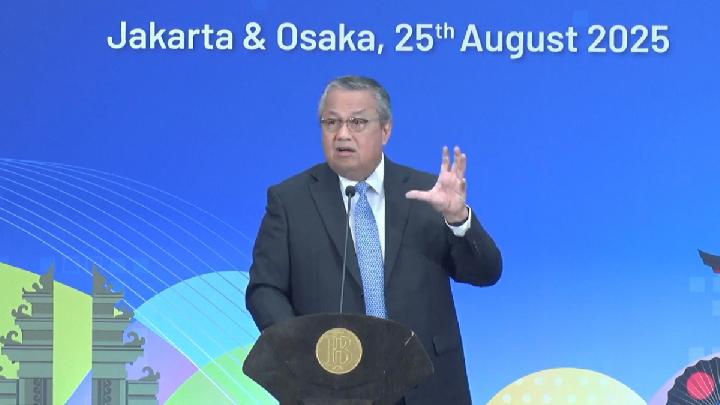TEMPO.CO, Jakarta - The issue of free nutritious meal (MBG) food trays allegedly containing pork fat continues to circulate. To date, the Indonesian government has not announced the results of laboratory tests on the packages, even though it has been almost a month since the issue surfaced in mid-August.
This allegation stems from a report by the Indonesia Business Post, which conducted an investigation in the Chaoshan region, eastern Guangdong Province, China, which is suspected of importing food trays for the MBG program.
They discovered that the factory was falsifying the "Made in Indonesia" label and the SNI logo on ompreng that was actually produced in China. This type of ompreng 201 is also suspected of containing high levels of manganese (a grayish-white metal) and is unsuitable for acidic foods. Furthermore, indications of the use of pork fat or lard were found in the ompreng produced.
In response to these findings, the National Nutrition Agency and the Food and Drug Monitoring Agency (BPOM) stated that they would conduct laboratory tests to verify the pork fat content. However, the government has not yet announced the results of these sample tests.
BPOM Claims to Have Sample Test Results
The Head of the Food and Drug Monitoring Agency (BPOM), Taruna Ikrar, stated that his agency has completed testing on samples of ompreng, or free nutritious meal containers (MBG), suspected of containing pork fat. However, Taruna stated that BPOM cannot announce the results of the MBG ompreng sample tests to the public.
The reason is that BPOM, along with the National Agency of National Development Planning (BGN), the Presidential Communications Office, and the Halal Product Assurance Agency (BPJPH), have agreed to announce the sample test results through a single portal, namely the Presidential Communications Office.
"Essentially, they will be announced jointly. The leading sector for announcing these test results is the Presidential Communications Office," Taruna stated when met at the House of Representatives complex in Senayan, Jakarta, on Monday, September 15, 2025.
Taruna stated that his agency tested seven MBG ompreng samples. The samples were sent by the Presidential Communications Office. BPOM then tested them professionally and according to scientific standards.
Head of National Nutrition Agency Says Report Not Yet Received
Contrary to the BPOM statement, the Head of the National Nutrition Agency (BGN), Dadan Hindayana, stated that he did not know the test results of samples of ompreng, or free nutritious food containers, suspected of containing pork fat. "I haven't received an official report," Dadan said in a text message on Tuesday, September 16, 2025.
Previously, Dadan stated that oil was indeed used as raw material in the manufacturing process of MBG ompreng. He argued that the oil was only used in the machine during stamping, or the process of forming metal sheets or coils into the desired shape. "The material for the food tray is a combination of chromium and nickel. The oil is used in the machine during stamping, not in the food tray," Dadan said on Thursday, August 28, 2025.
Latest Lab Test Results in China Find Pork Grease
Wafa Riansah, the supplier of the free nutritious meal food tray, and Secretary of the Jakarta Regional Executive Board of the Nahdlatul Ulama Islamic Student Association (PW RMI NU Jakarta), sent samples of the ompreng printing oil to the Shanghai Weipu Testing Technology Group in China.
Laboratory test results for the sample indicated the use of lard in the production of these free nutritious meal food trays.
Wafa said she first discovered the use of lard in ompreng during a visit to an ompreng factory in China. "It turns out we found lard there. That's why I decided not to import it," Wafa told Tempo on Tuesday, September 16, 2025.
She then brought the oil sample to Indonesia and attempted to have it tested by the testing, inspection, and certification company PT Superintending Company of Indonesia (Sucofindo). However, Sucofindo stated that it could not test it due to method limitations. Wafa then sent the sample to the Weipu laboratory in China.
Tempo viewed the laboratory test results document, numbered SHA03-25091211-FX-01CnEnR1. Weipu analyzed the sample using three methods: Fourier transform infrared spectrometry (FTIR), gas chromatography-mass spectrometry (GC-MS), and nuclear magnetic resonance spectrometry (NMR).
"The main component of processed lard is fat, specifically triglycerides," the report concludes.
The material safety data sheet lists the sample's main components as refined base oil, synthetic esters, chlorinated paraffin, processed lard, anti-rust additives, and lubricants.
Anastasya Lavenia, Dinda Shabrina, and Dian Rahma Fika contributed to this article.
Editor’s Choice: Pork Grease Found in Food Trays for Indonesia's Free Meal Program
Click here to get the latest news updates from Tempo on Google News



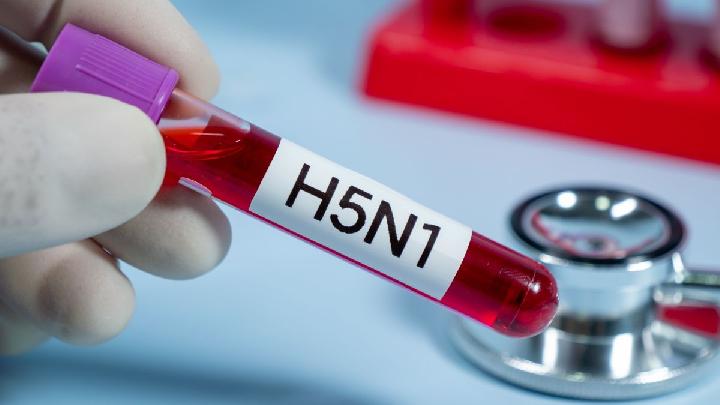

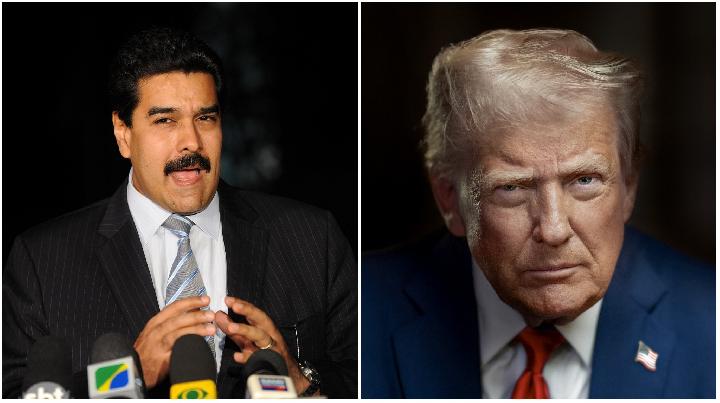


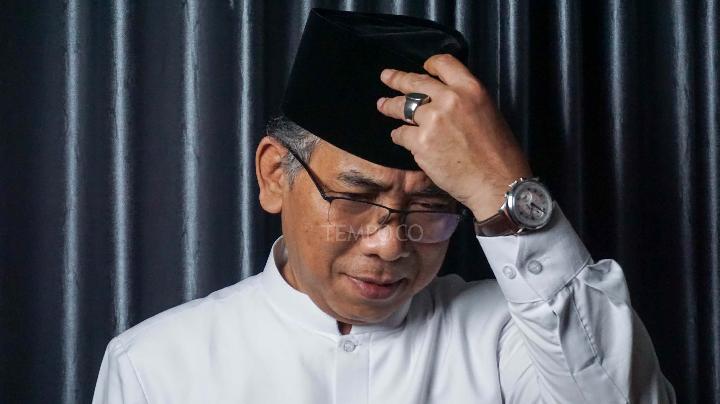

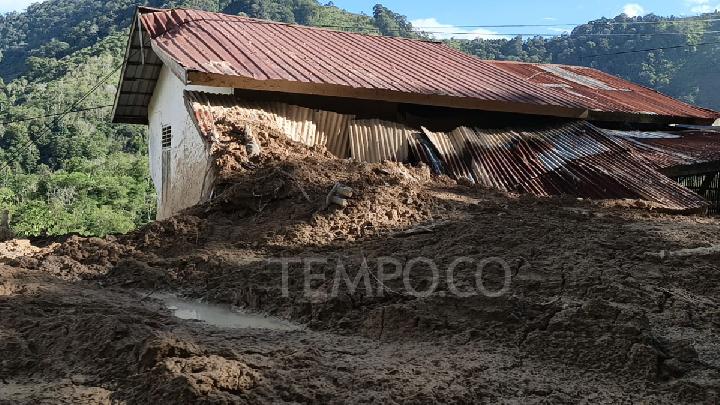

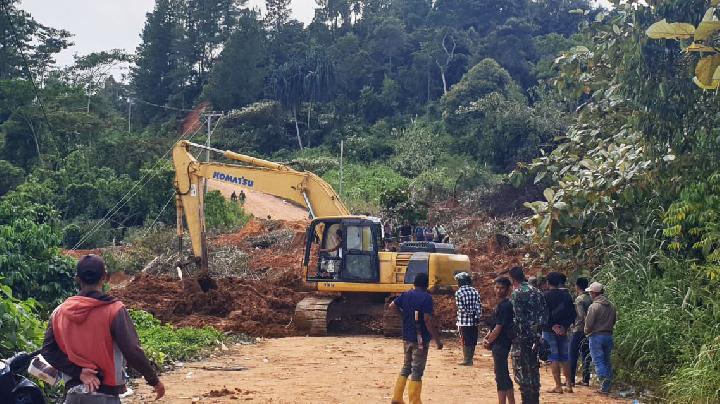



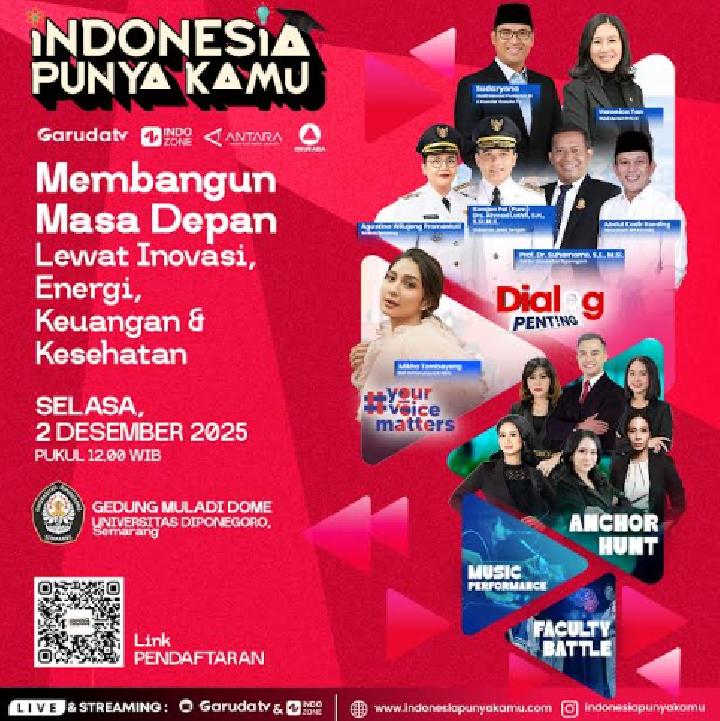


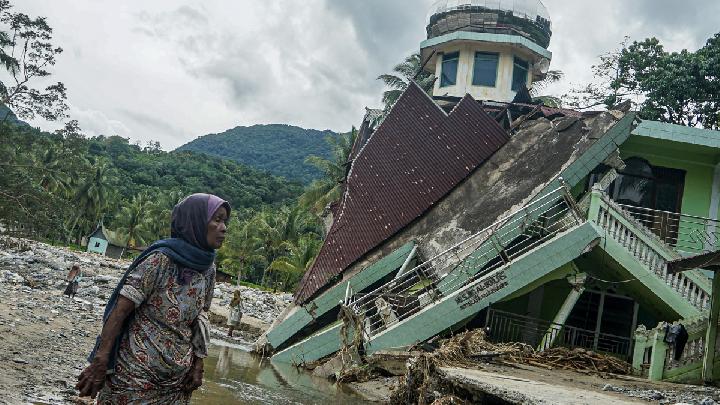












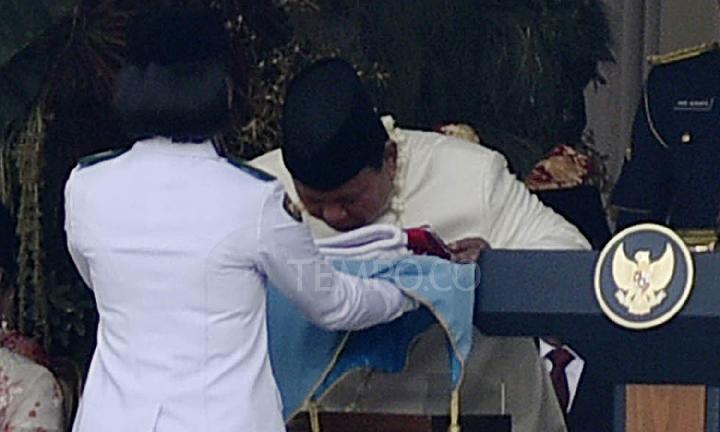


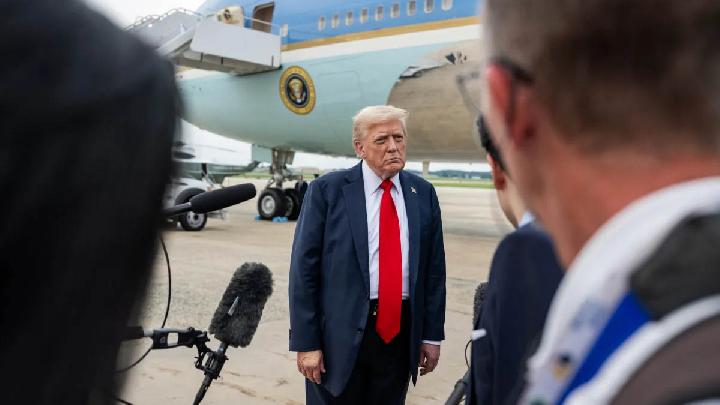
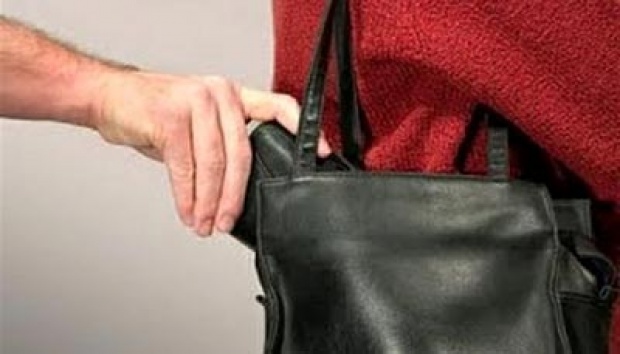
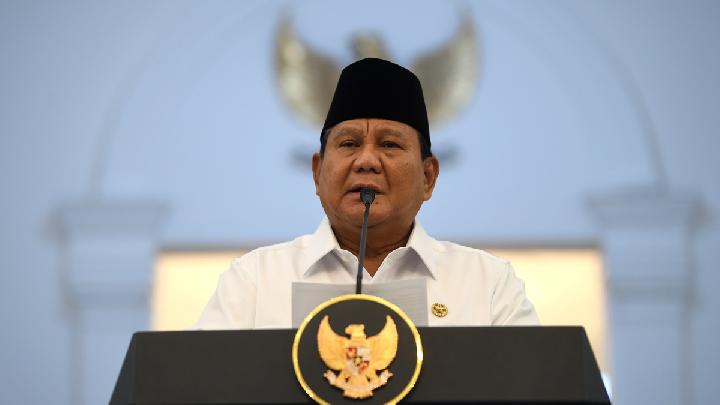
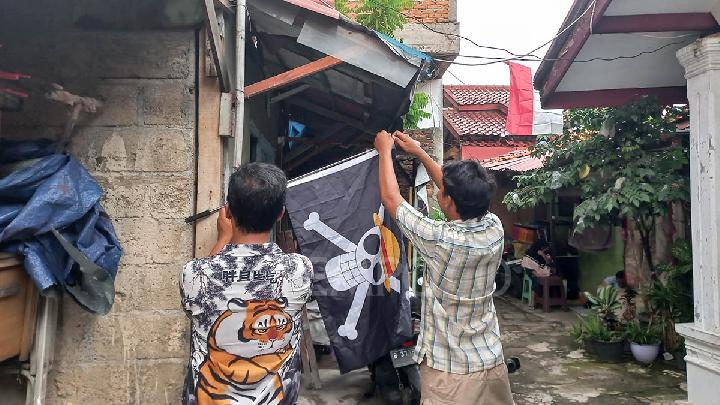
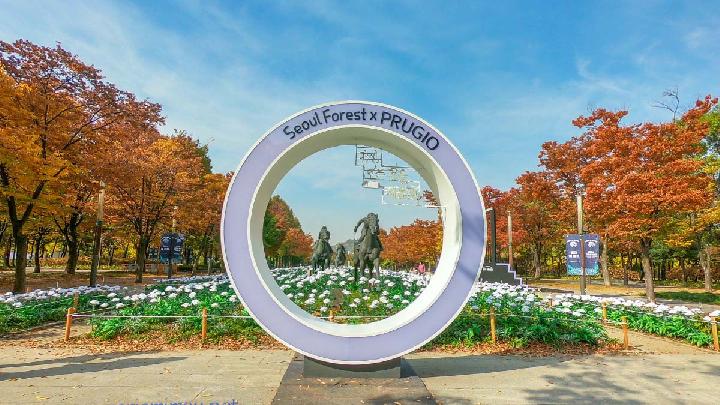
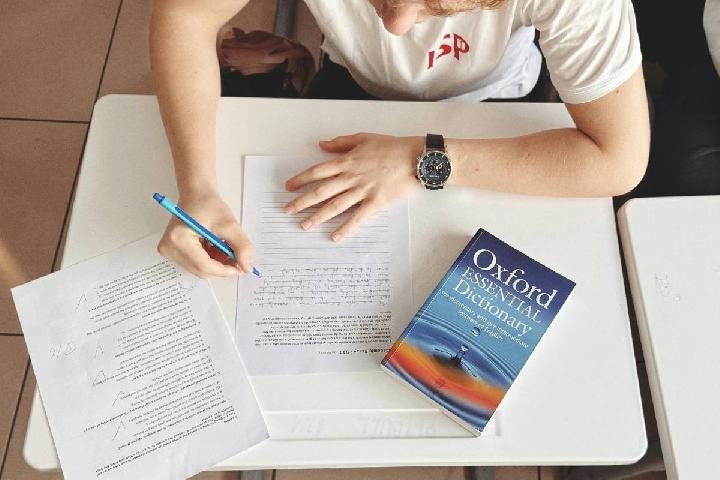
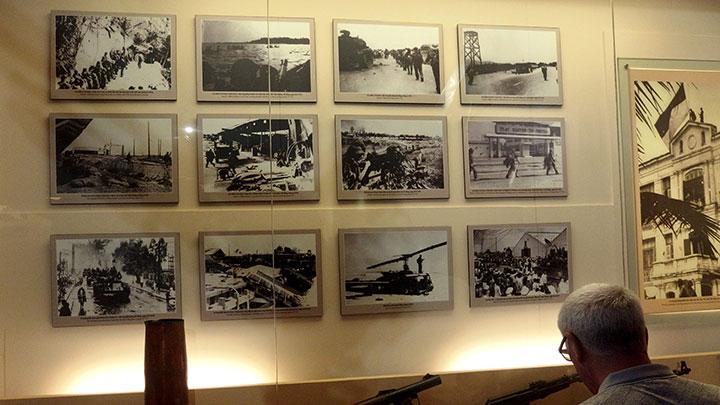
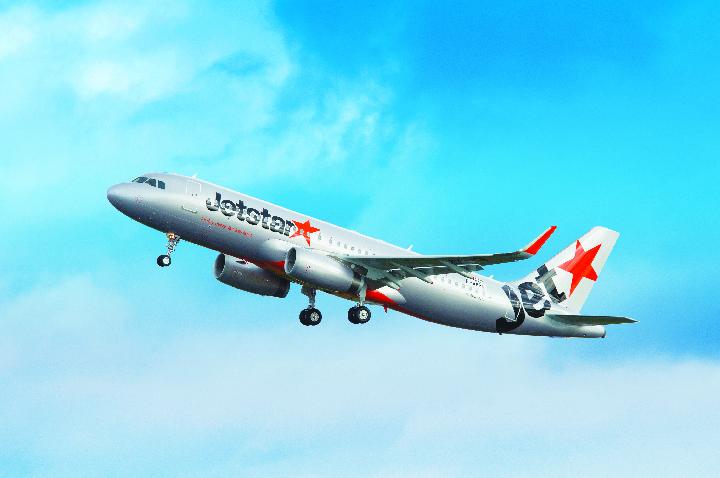
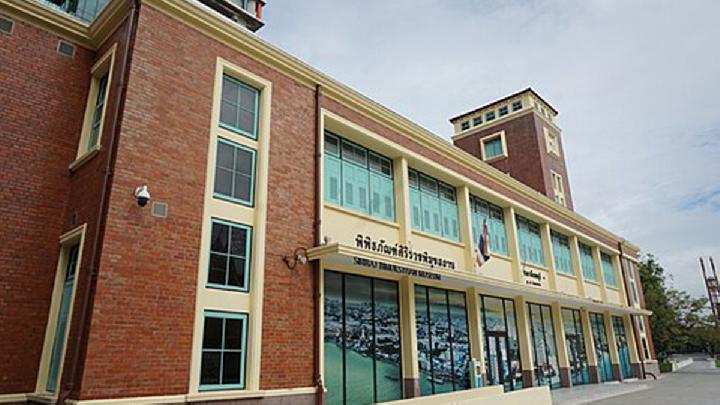
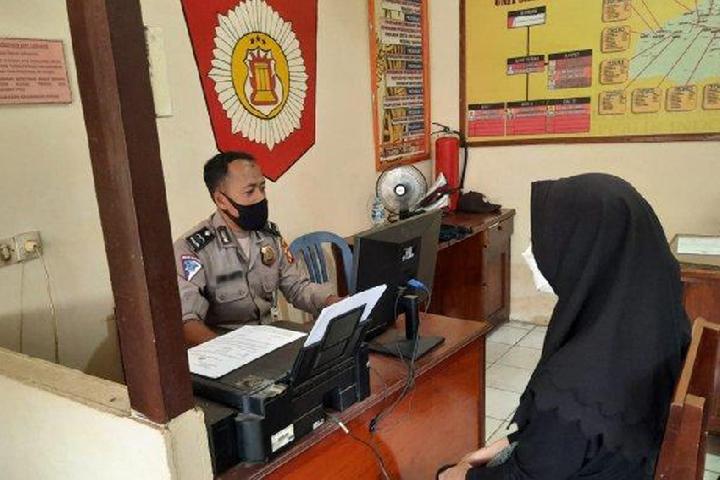
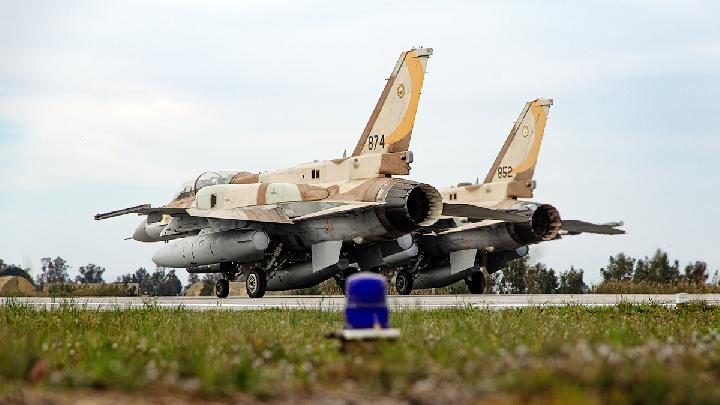

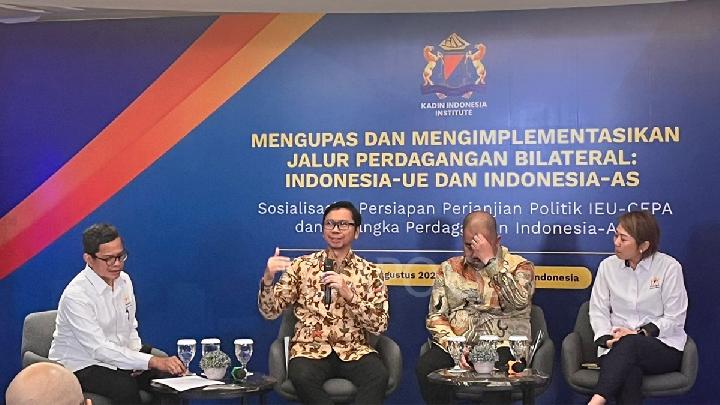

:strip_icc():format(jpeg)/kly-media-production/medias/5243277/original/092151900_1749100247-front-view-cute-little-boy-listening-music.jpg)
